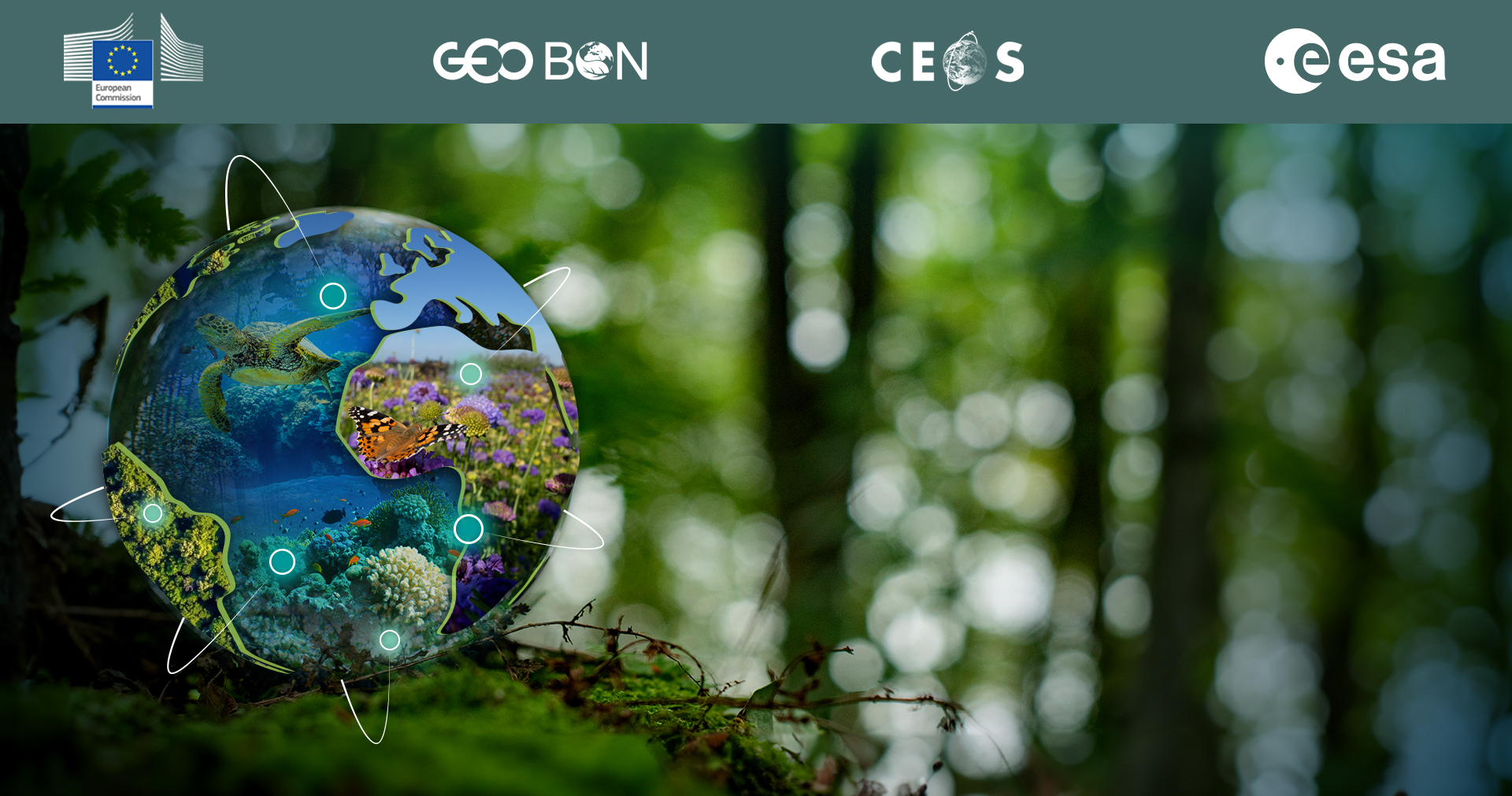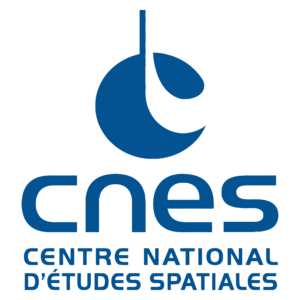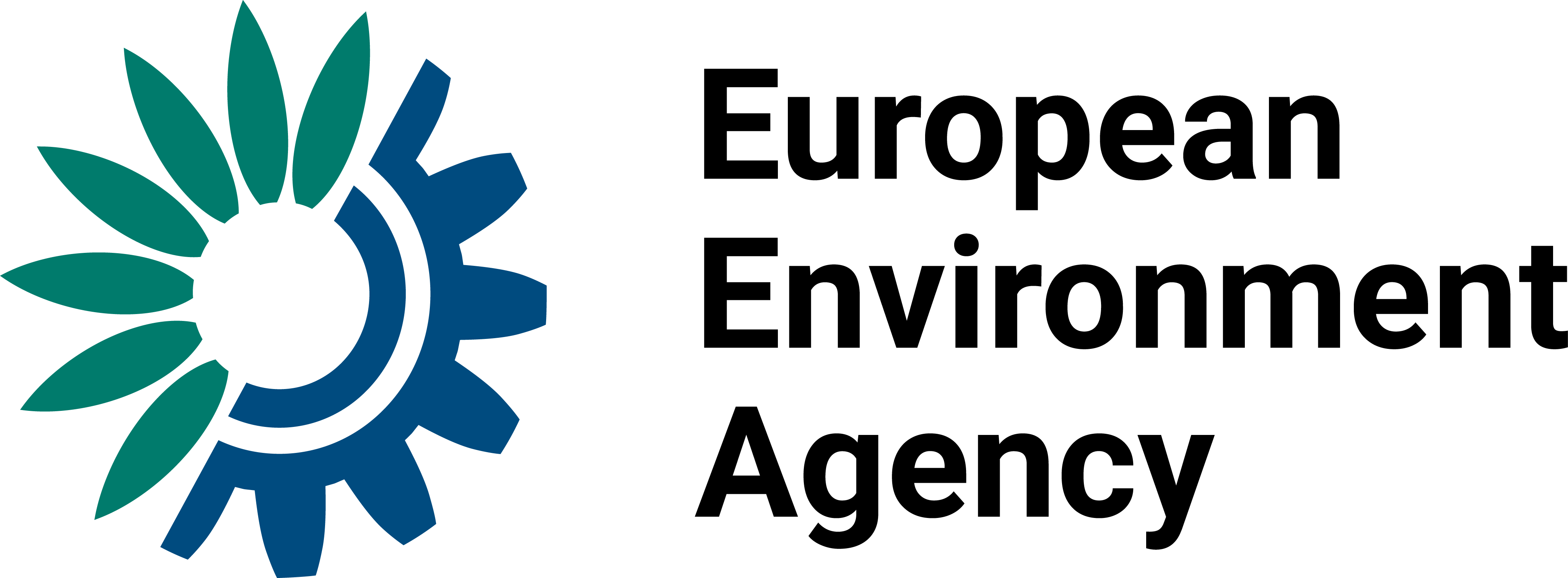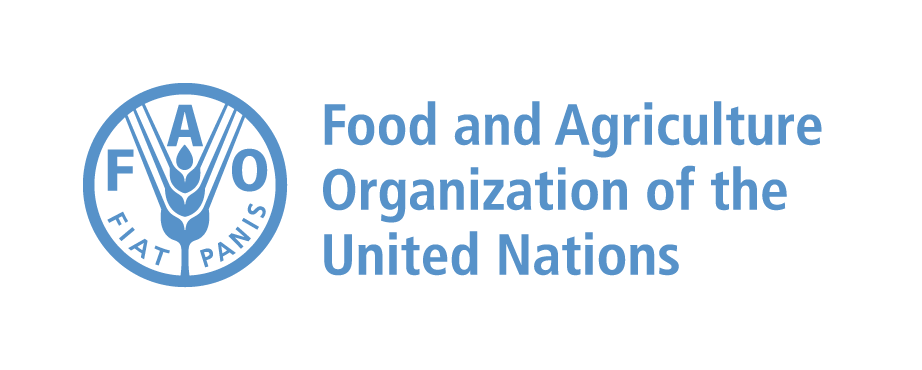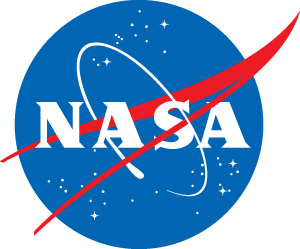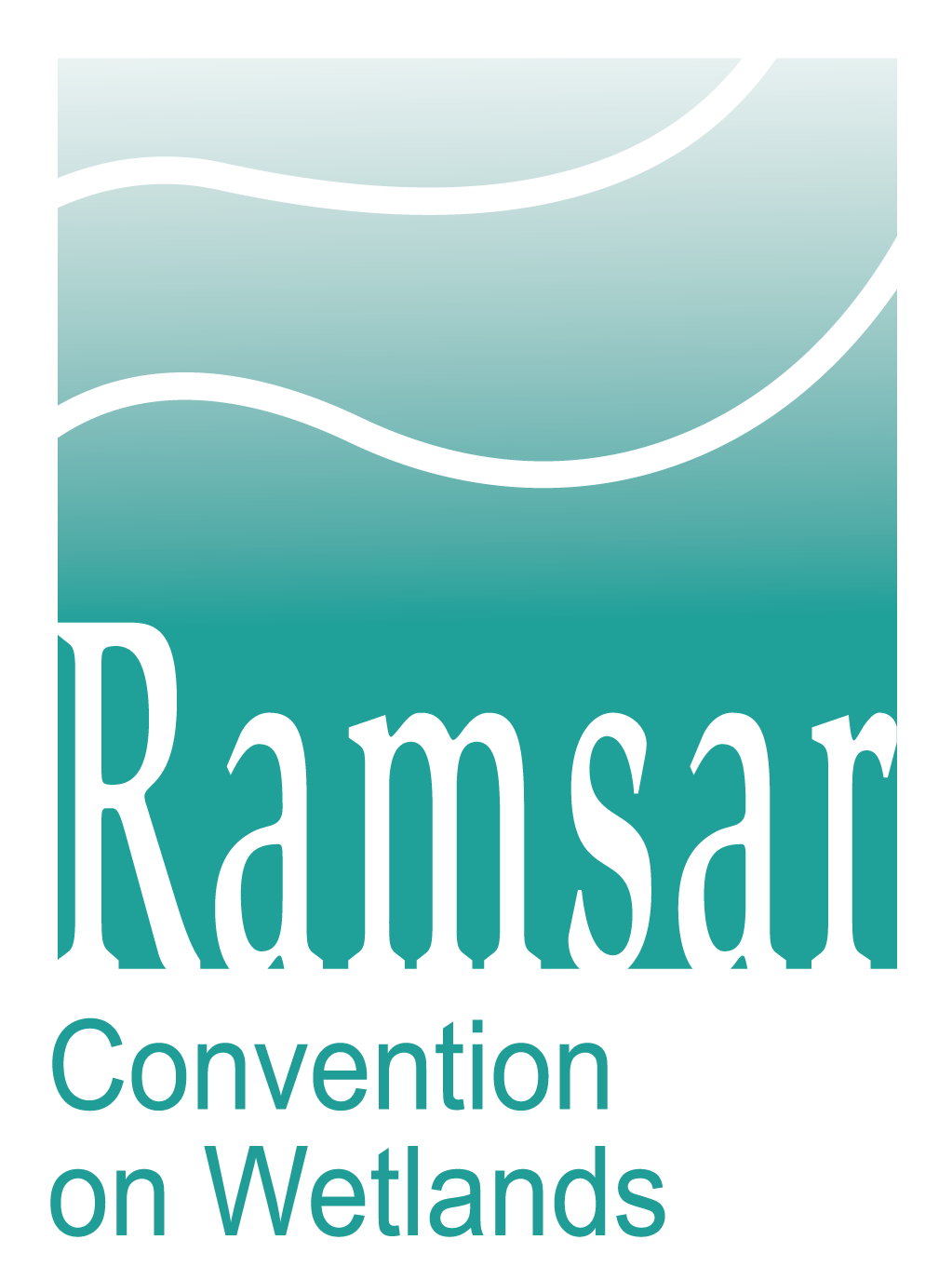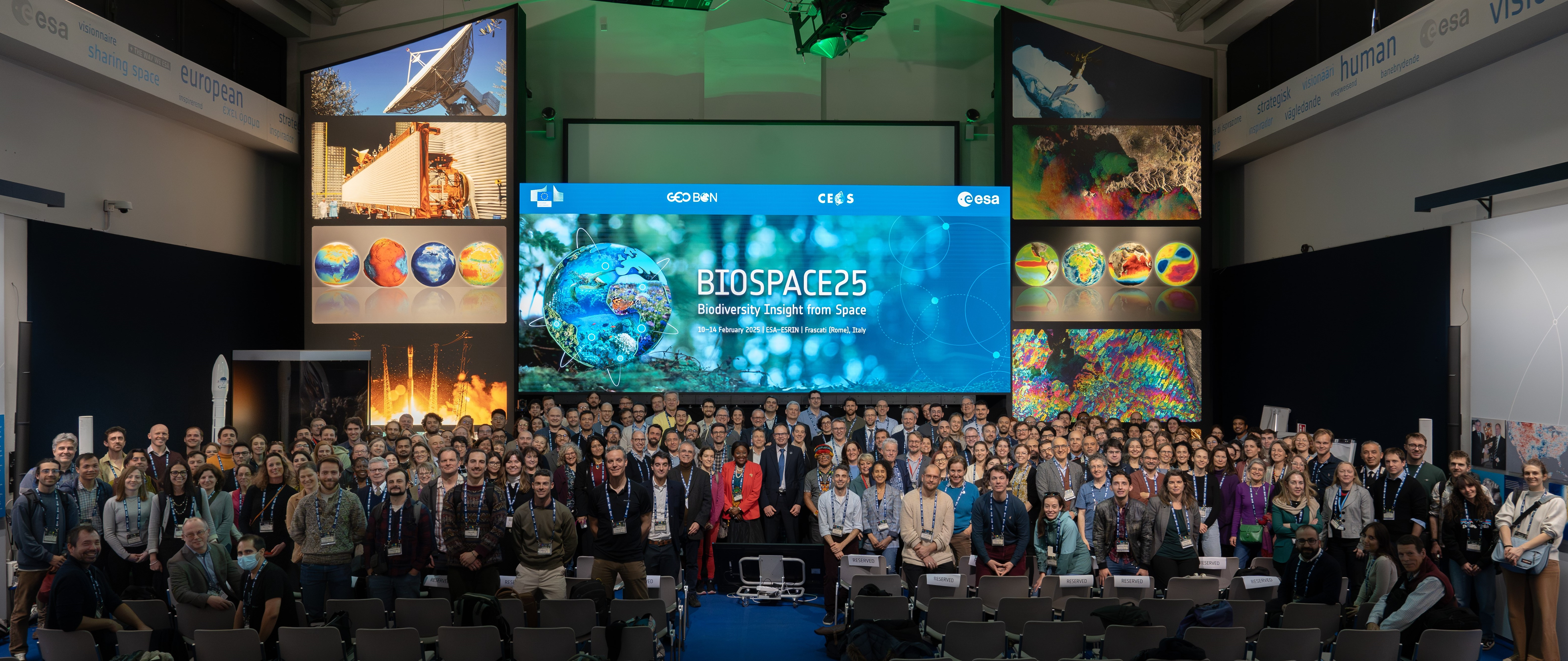The BIOSPACE25 conference aims to present state-of-the-art SRS methodologies and technological solutions for biodiversity, to explore their uptake across various biodiversity domains, and to review the challenges that need to be primarily addressed to enhance the use of Earth Observations in biodiversity research and monitoring. The ultimate objective is to highlight the importance of collaborative efforts to integrate SRS technology at the forefront of biodiversity research, monitoring systems, and policy development and implementation strategies, and provide robust and cost-effective EO solutions that help countries implement effective National Biodiversity Strategies and Action Plans (NBSAPs).
Participants will gain insights into the latest development in Space-based biodiversity monitoring, engage in discussions on the integration of SRS technology into biodiversity research, monitoring, and policy development and implementation, and contribute to shaping future directions in the field of biodiversity monitoring from Space.
Key scientific discussion topics include:
- enhancing the fundamental understanding of biodiversity and ecosystem dynamics;
- exploring the links between biodiversity and ecosystem integrity;
- assessing the status of ecosystems and quantifying the impacts of the main direct drivers of changes;
- understanding the adverse impacts of climate change on biodiversity;
- investigating the main evolutionary changes of biodiversity and better predicting their trajectories;
- implementing transformative changes such as Nature-Based Solutions (NBS);
- prioritizing, designing and monitoring conservation/restoration actions.
The conference will also cover policy-related aspects such as the implementation of the Kunming-Montreal Global Biodiversity Framework and the EU Biodiversity Strategy for 2030, as well as the needs for financial institutions and companies to integrate nature-related risks and opportunities into their decision-making processes (e.g. TNFD).
The conference is designed to be dynamic and participatory, featuring interactive sessions to review the importance of SRS technology in the different biodiversity domains.
The BIOSPACE25 conference will include:
- plenary sessions with invited speakers to present and discuss the importance of Earth Observations to address critical biodiversity issues.
- thematic sessions (based on abstracts submissions) that will provide insights into the latest advancements in leveraging SRS technology for biodiversity science and monitoring.
- small participatory workshops (based on workshop proposals) to foster dialogues on key aspects of biodiversity.
- poster sessions providing a platform for participants to showcase their projects, facilitating networking and exchange of ideas.
The conference will be held in person, with the possibility to remotely follow the plenary sessions via video streaming.
The thematic sessions and workshops will be exclusively held in person.
Please find a copy of the Conference Programme in pdf HERE
Overview
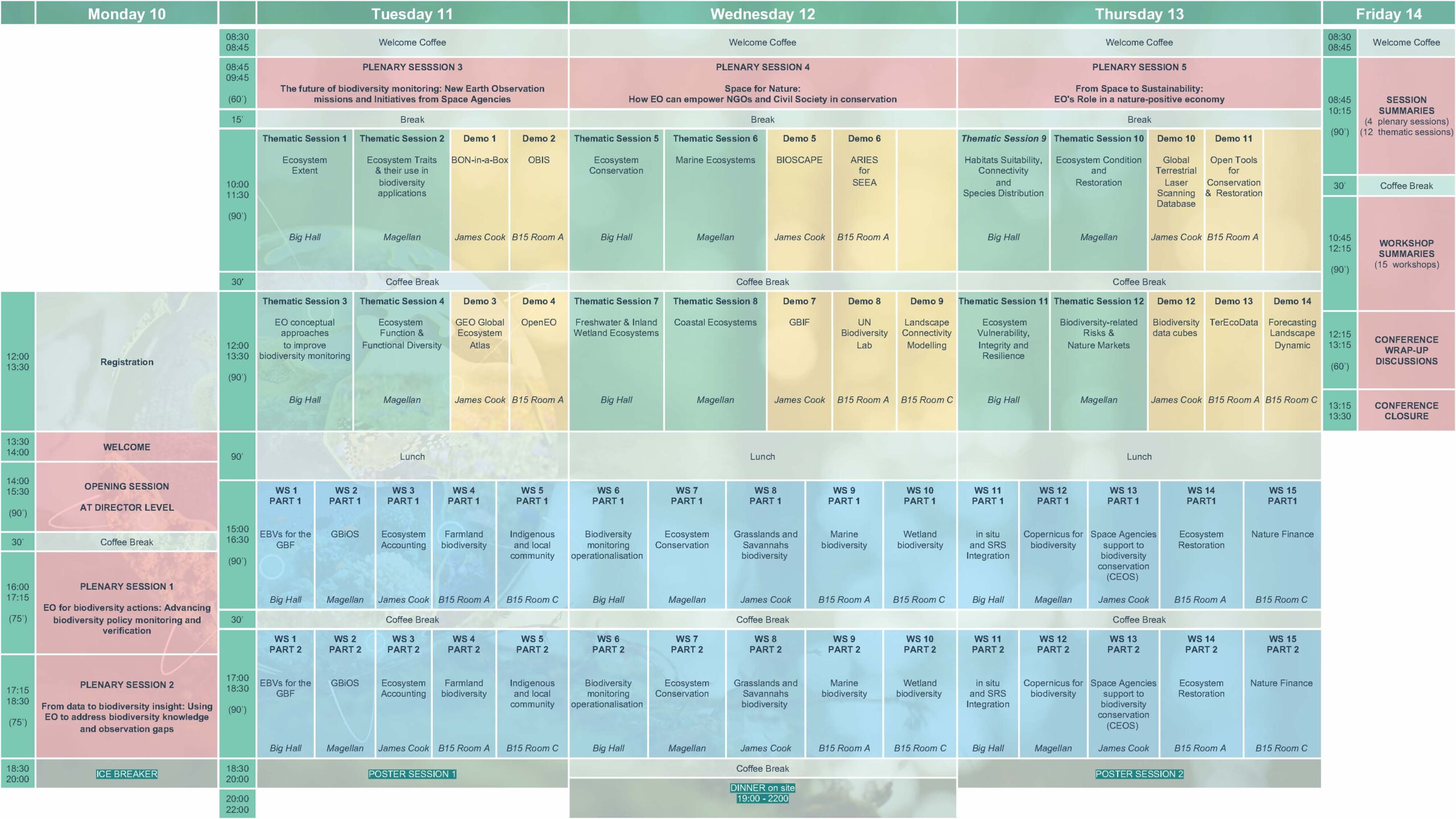
Clement Albergel
European Space Agency – ESA
Beatrice Barresi
European Space Agency – ESA
Alina Blume
European Space Agency – ESA
Marco Celesti
European Space Agency – ESA
Javier Concha
SERCO c/o ESA
EOGB – Earth Observation Graphic Bureau
ReMedia Italia c/o ESA
Agata Elia
European Space Agency – ESA
Diego Fernandez
European Space Agency – ESA
Marie-Claire Greening
European Space Agency – ESA
Sophie Hebden
European Space Agency – ESA
Francesca Leonelli
European Space Agency – ESA
Sabrina Lodadio
SERCO c/o ESA
Stefanie Lumnitz
European Space Agency – ESA
Federica Marando
European Space Agency – ESA
Nikolina Mileva
European Space Agency – ESA
Giuseppe Ottavianelli
European Space Agency – ESA
Marc Paganini
European Space Agency – ESA
Irene Renis
Serco spa c/o European Space Agency, ESA
Marie-Helene Rio
European Space Agency – ESA
Ulla Vayrynen
SERCO c/o ESA
Lorenza Versace
OLLY services c/o ESA
The registration for participation to the BIOSPACE25 Conference opens in December 2024, upon invitation only and following the acceptance of the submission done (oral presentations in thematic sessions, posters, participatory workshops). the event will be streamed so you will be able to attend remotely.
We sincerely apologise that, due to the high volume of submissions and the limited capacity of the conference venue, in-person participation will be limited to accepted presenters (oral and posters), workshop organisers, invited speakers, and members of the Programme and Scientific Committees. For those unable to attend in person, we are pleased to inform you that all sessions held in the large conference rooms will be streamed live.
The links for remote participation online, will be shared on this website closer to the event in next February 2025, no registration is required for this.


